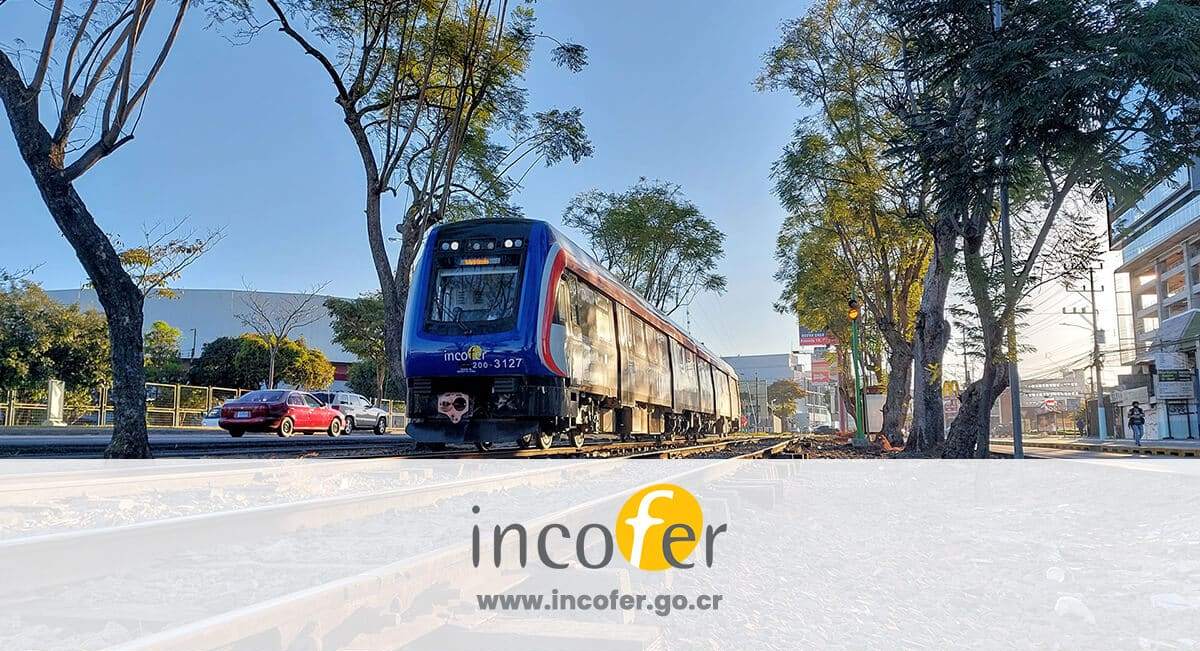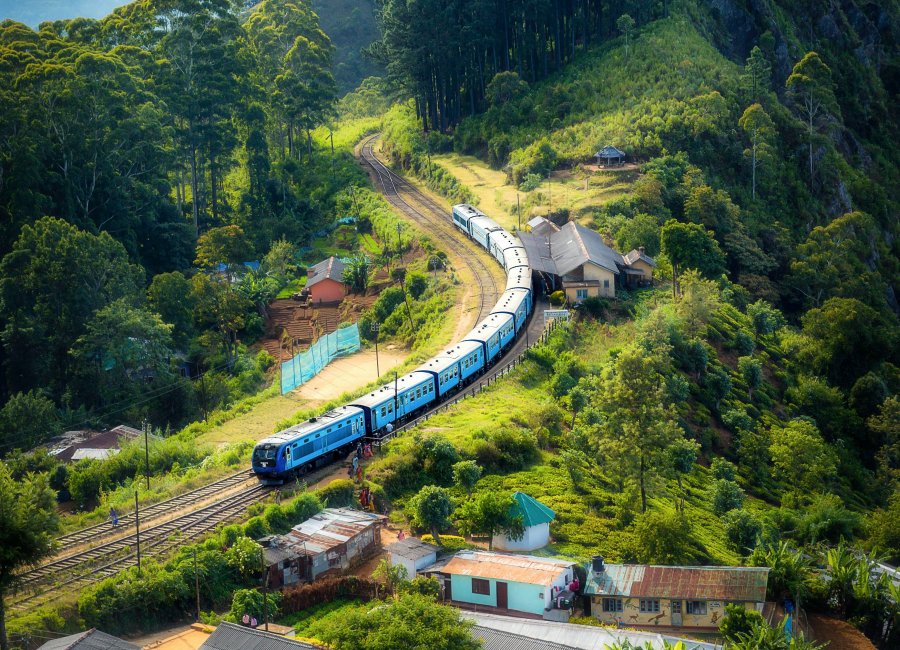Panama Estimates Construction of the Panama-David-Paso Canoas Railway will Begin in January 2026
Incofer confirmed that private companies are already conducting prefeasibility studies to join the Panamanian railway project.

The ambitious railway project that seeks to connect Panama with Paso Canoas, on the southern border with Costa Rica, is expected to begin construction early next year, Panamanian authorities confirmed. “We firmly believe that construction will begin by January 2026,” said Henry Faarup, secretary general of the Panama Railway. Currently, moving goods from San José to Panama can take up to a day and a half. With the train’s entry into operation, that time would be reduced to approximately nine hours, the spokesperson explained. According to Faarup, the initiative also seeks to establish a physical connection with Costa Rica. “The idea is to have a foothold in Costa Rica,” he stated.

In that regard, he confirmed that two months ago they met with the executive director of the Costa Rican Railway Institute (Incofer), Álvaro Bermúdez, to explore possible integration mechanisms between the two systems. That meeting led to the change of the endpoint of the line that originally ran to David, extending it to Paso Canoas. “We found a point where the two railroads can join. The railroad junction is four kilometers from Paso Canoas,” Faarup explained. Regarding this interconnection, the president of Incofer confirmed that private companies are already conducting prefeasibility studies to join the Panamanian railway project.

“Studies are being conducted through private initiatives. There are companies interested in being awarded the concession. These are pre-feasibility studies; feasibility studies will follow,” explained the Incofer official. Even so, Bermúdez warned that these studies could take at least a year to complete. Among the aspects under evaluation, the Panamanian spokesperson mentioned that the creation of a free trade zone in the connection area is also being studied, although he clarified that these are only preliminary discussions for now.

In addition, key data are being analyzed to project passenger mobility, such as the number of connected mobile devices in the area, which will allow for a better understanding of the rail service’s potential in terms of passenger transportation. The project will have an estimated cost of $4.5 billion and includes a 475-kilometer route with 14 stations, departing from the city of Albrook and going through Paso Canoas, on the border with Costa Rica. The passenger train will reach speeds of 180 km/h, allowing it to complete the journey between Panama City and Paso Canoas in approximately three hours.
Costa Rica Closely Follows the Panama–David Train Progress
In Costa Rica, authorities and transportation experts are closely monitoring the progress of the railway project that seeks to connect Panama City with David, in the province of Chiriquí. When asked by Costa Rican media about the possibility of developing a similar rail route in Costa Rica, Costa Rican President Chaves acknowledged that it would be a long-term investment requiring billions of dollars, but he did not rule out the idea. “I have the impression that it could be very profitable,” the president stated. The project, considered strategic for its potential to boost trade and tourism between the two countries, has sparked interest among Costa Rican sectors that see the train as a future land route for regional integration.





